Hiking in Mallorca
Hiking in Mallorca in Ermita de Betlem
Mallorca is a small island and nearly as densely populated as Holland, without even counting the 9 million visitors who come here each year.
So it’s all the more striking if you consider that you can walk for hours in the Park Natural de Llevant without seeing a single soul (except the odd fellow hiker). The northeastern corner has always been the least populated part of the island, but when it was declared a Nature Reserve (about a dozen years ago), the government did not do things by halves – they bought up the few remaining farms in the area and closed them down.
Nowadays, Mallorca’s northeastern corner is a true no-man’s land. And yes, there is hiking in Mallorca.
Still, it takes a while to return a piece of land back to its pristine state, and signs of human habitation are still everywhere. Take this mule-powered well, for example, …
which, originally, had been used to irrigate a near-by orchard – using a technique that is well over a thousand years old and had been brought to Mallorca by the Arabs.
Olive presses are still everywhere to be seen, too – olive oil was once one of Mallorca’s major crops, but a few years ago, total production had fallen to just 80 tons. (Since then, production has somewhat recovered to reach a few thousand tons annually.)
Nothing, however, illustrates better what has happened to Mallorca over the past few decades than the story of the almond trees.
Mallorca was once one of the world’s leading producers of almonds, but now resorts to importing them from California. In the few days that we spent on the island, a surprisingly large number of people told us of their regret that it had come to this, and particularly among the middle-aged and older folk, this appears to rank very high on the list of every-day grievances.
The manpower required to tend to the trees and make them bear fruit is simply no longer available. Today, the young all want to be hotel managers. Tourism is clearly a mixed blessing.
Fig trees used to be equally ubiquitous, but nowadays, at least in the Llevant Park, the figs are rotting on the trees. When agriculture was still the major industry in Mallorca, figs were very much in demand as feed for the local pigs (when I have finished this life, I want to come back as a pig in Mallorca), because there is no known way to fatten a pig this quickly, and the animals reach their full slaughter weight much faster than on any other diet. (On second thought, I think I changed my mind.)
There is, of course, much more to the Llevant Park than the search for traces of bygone human activity: the view you get from the Reserve’s highest point, for example, across the bay with the mountains in the west and the lowlands behind you stretching all the way to the south coast, is simply unforgettable. Not least because it is so remarkable how much of the island you can actually see from this single vantage point. (Did I already say that Mallorca is a small island?)
But the slow vanishing act of the human imprint is clearly the “unique selling point” of the Llevant Park. Most poignantly, there are the abandoned farmhouses in the hills. Dirt-poor subsistence farmers, altogether 25 families, scraped a living here until the 1950s, under conditions that would have looked familiar to people from the stone age.
It was only with the advent of mass tourism that these people got the opportunity of breaking out and of finding something better to do somewhere else. Tourism may be a mixed blessing, but it has clearly been a blessing for many, too.
Half way down the descent to the coast, you can find the Ermita de Betlem. Until three years ago, a handful of lay brothers held out here as the last human inhabitants of the Nature Reserve. When they became too old to manage their fields, they retired to another Ermitage on the island. Their church is still there, and it is opened every morning for visitors, but the land around the buildings is slowly being reclaimed by nature.
The last farmhouses half a mile from there are already one step further down the road to oblivion. This abandoned hamlet could come straight out of a Spaghetti Western, and you half expect Clint Eastwood to turn the corner, arranging the guns underneath his poncho and, eyes-a-squint, lighting a cigar.
Although in real life, Mr. Eastwood would have to step a little further outside the gate for that, since smoking is not permitted inside the Park, due to the danger of prairie fires. (Go on, you tell him that.)
Outside the gate was also where our walk through the Llevant Park ended and where the bus was already waiting for us. Why can’t hiking always be like that?
This is one question for which I can actually provide an answer: because this was not an ordinary but a very special hike, one that had been organized by Antonio Marti, the Managing Director of the Vanity Golf Hotel (our hosts) who is also a hiking enthusiast and who regularly takes his guests on walking trips through the Mallorcan countryside. Remember? I told you about him in our last post.
This hike, quite frankly, is difficult to do outside of a guided group, mainly because we did not enter and leave the Park through the same gate. It would also have been less fun because Mr. Marti is such a great guide who knows so much about the area – the story about the pigs and the figs, for example: you cannot find that sort of stuff in a guidebook.
Hiking in Mallorca
So, basically, you have three options: one, you can book into Mr. Marti’s hotel and participate in one of his Saturday hikes – they are free for his guests. (Just make sure you pick the right hike – he rotates six different itineraries.)
Two, you can make your way independently to the visitors’ centre of the Park near Arta (where our hike started), in a hired car for example, but you would at some stage have to return the way you came, probably from where you get the stunning view over the bay, cutting out the Ermita section because returning from there would be altogether too long and strenuous.
Or, three, take a different route – at the visitors centre, they can provide you with a map that shows a range of different hikes, including some circular ones. At any rate, the Llevant park is definitely worth the trip.

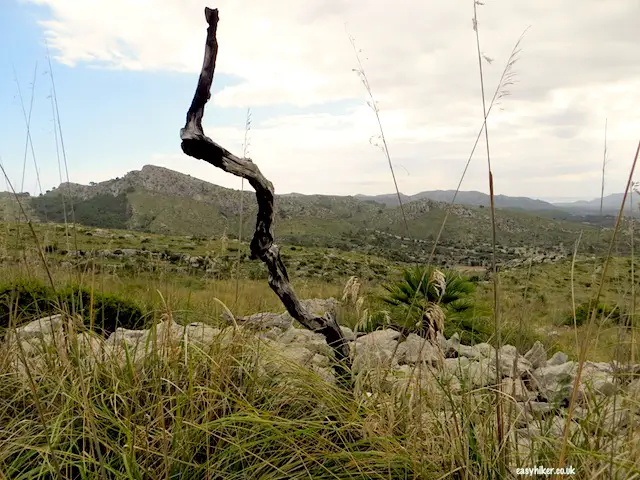
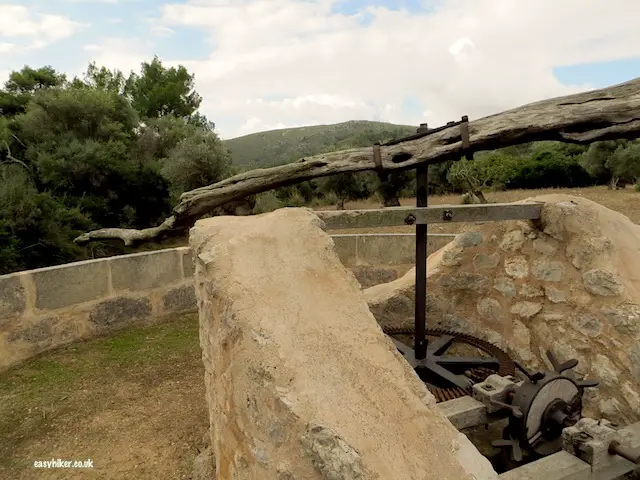

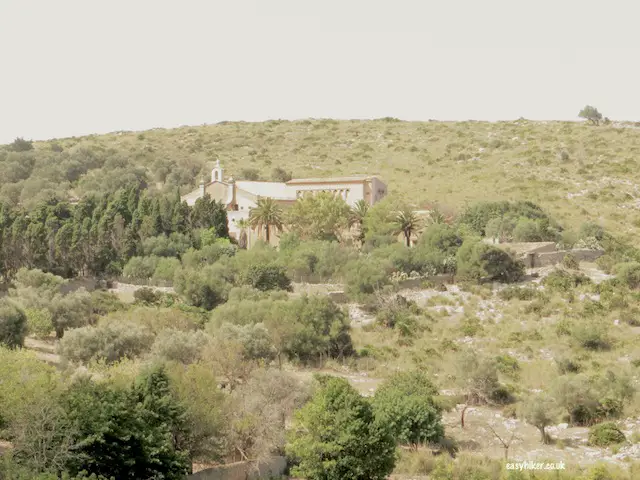
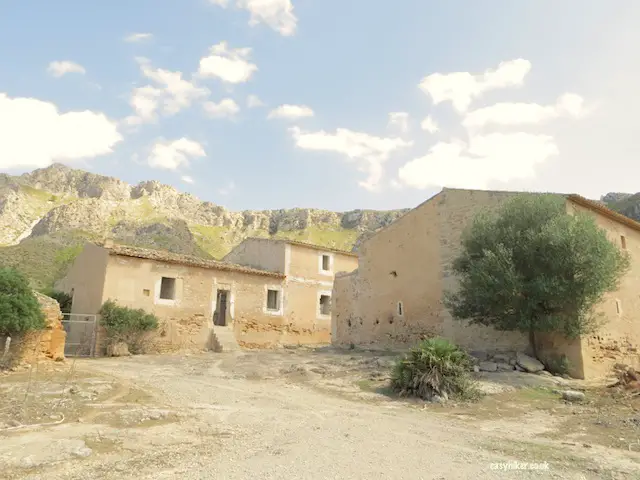
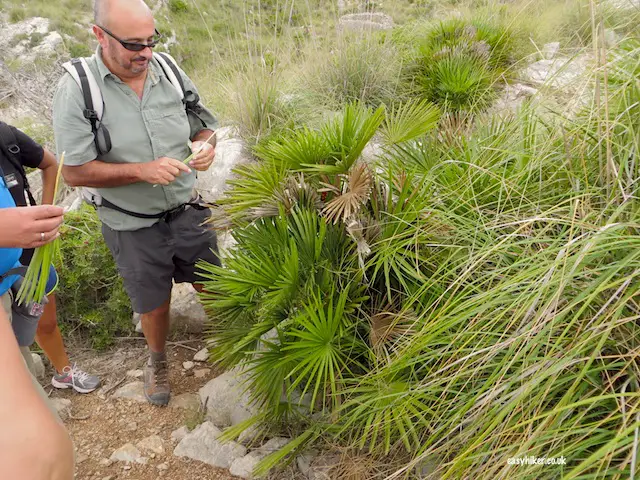
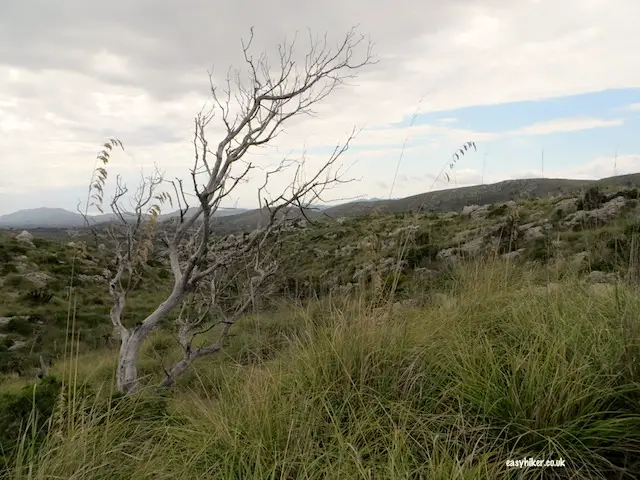
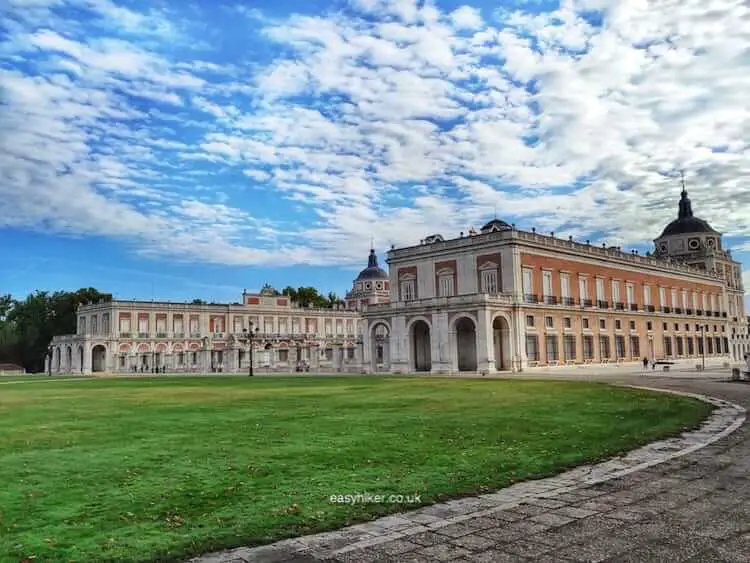
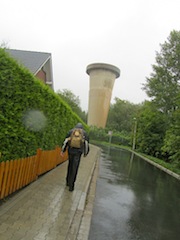
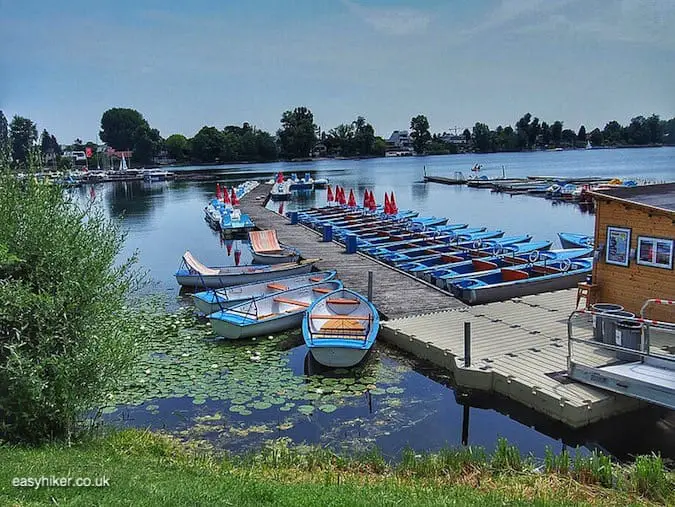
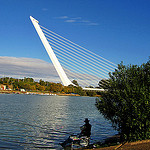
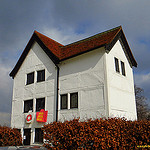
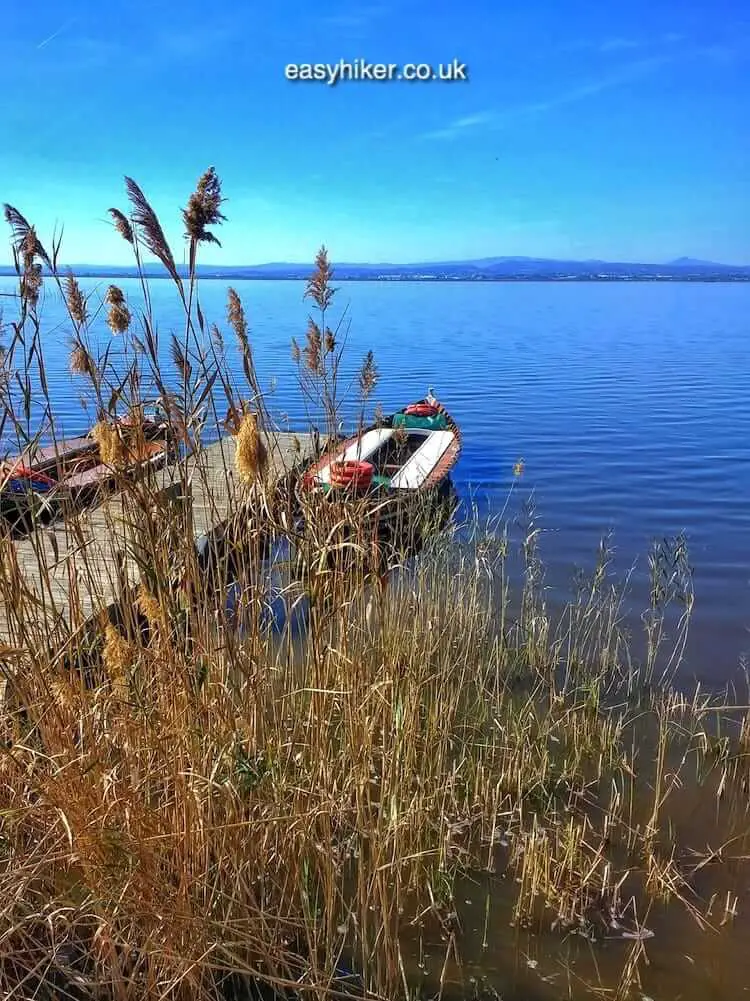
Thanks for a great post! I enjoyed a brief stay at a rental casa in the walking-only city of Fornalutx, just off the hiking trail from Soller. It was a car free trip, and I enjoyed hiking the many caminos during the day and eating in my tiny town at night, waking slowly to goat bells and bleats. Next time I’ll rent a car and circle the island. I did bus to Valdemosa and got some good views of the coast. The train from Soller to Palma is also a must.
Tourism is definitely a mixed blessing, Michael. I hear the same complaints about what we’ve lost to tourism in Jamaica. It would be lovely to have both but it takes careful management and vision.
Thanks for the tour of this side of Mallorca. I’d love to see it again.
Hola Antonio, thanks for taking the time to drop by for a comment. Indeed, Mallorca is a paradise for hikers. But our stay in Port d’Alcudia was made all the more memorable by your and Vanity Golf Hotel’s hospitality and the great service your staff has provided us. Warmest regards, Marlys and Michael.
What a fascinating hike this must be … a scavenger hunt of sorts to find relics from the past. Would love to explore this one day.
Dear Marlys, dear Michael,
has been a pleasure to guide you through the lovely mountains of Arta. Mallorca is a paradise for hikers, so I hope to see you soon to walk together along many other routes.
Best regards
Antonio Martí
It’s too bad many of these buildings sit in ruins and the olives and almonds aren’t thriving anymore. Somehow, this was not the Mallorca portrayed in tourism brochures but what an interesting hike. I’m glad you had such a great guide for this tour.
There might be a shortage of sun in Ireland, but fresh air is abundant there, I would think, Katrina.
Hopefully, now that the price of almonds have gone up and with the now very fashionable Meditarrenean diet, almonds and olives will flourish again in Mallorca.
Longing for some Mediterranean sun and fresh air now!
Good luck to the olives and the almonds of Mallorca. My family grows them as well.